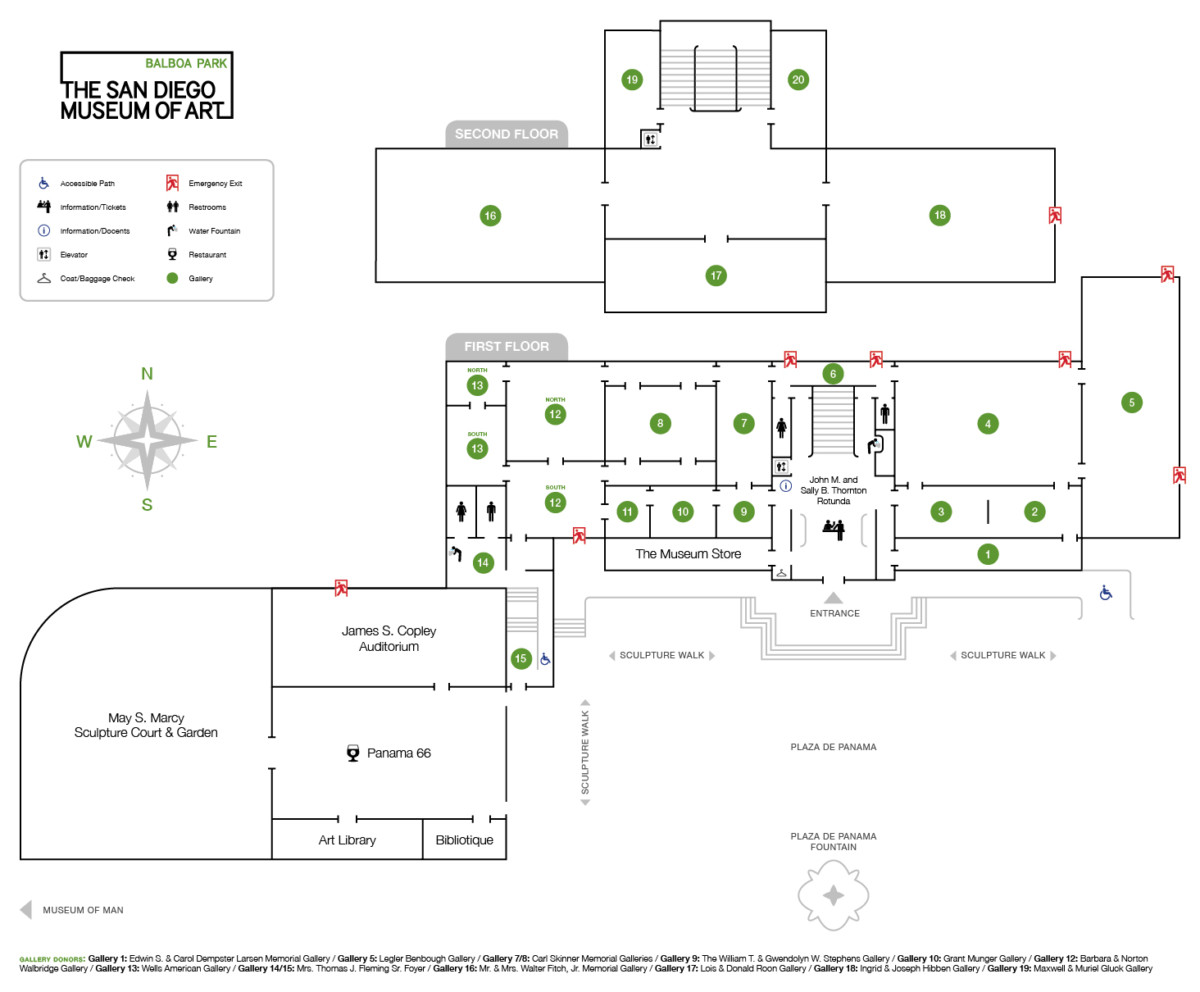March 18–September 17, 2023

Drink wine in Kabul citadel, send round the cup again and again
For there is both mountain and water, and both city and countryside
—Baburnama (Memoirs of Babur)
Descriptions extoling the diverse geography forming present-day Afghanistan abound in the memoirs of Babur (r. 1526–30), a descendant of the Timurid rulers of Iran and Central Asia who founded India’s Mughal dynasty after fleeing the Uzbeks in Afghanistan. Some four centuries later, the same landscape moved American photographer Luke Powell to capture the rich natural environment, culture, and people of Afghanistan in images produced through the dye transfer process, a selection of which appears in the current display. Powell has called Afghanistan the “jewel of Central Asia, an extraordinary window on the ancient world.” Indeed, this country boasts a rich history dating to ancient times, with legacies of historical figures such as Alexander the Great and world faiths such as Zoroastrianism, Buddhism, and Islam. Its pivotal position at the center of the Eurasian world has helped shape its multilayered cultural identity.
Powell’s contemporary landscape photographs are joined by illustrated pages from three medieval manuscripts produced at an Islamic court in Herat and depictions of Afghans produced outside of the country. Together, these works present a variety of perspectives on Afghanistan’s physical and cultural “landscapes” as expressed through its art as well as through foreign impressions—at times, embedded in colonial bias—of its people and geography. The handful of Afghan-made works in the Museum’s collection offers but a small glimpse into the depth, breadth, and richness of Afghanistan’s artistic and cultural heritage.
Featured: Luke Powell, The Steppes (detail), 1975. Dye transfer print on paper. Victor Diaz Color Photography Collection, 2015.434.


